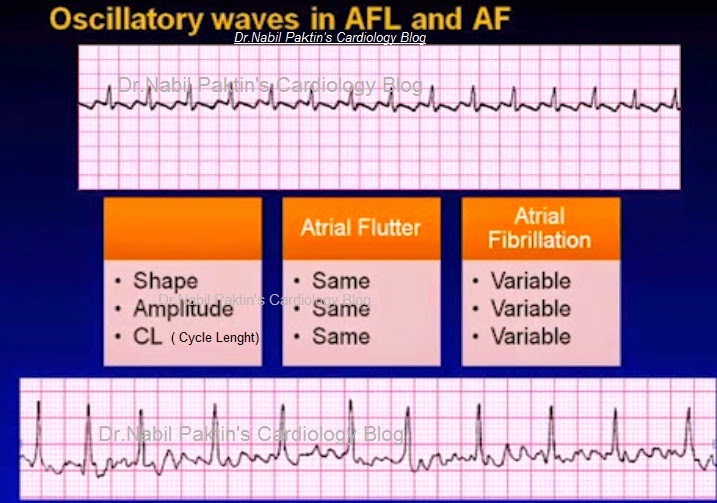

The authors report improvements in HF functional class and fewer hospitalizations and unplanned emergency department visits due to HF. Unexpectedly, there were no device-related complications during this long follow-up. The final distribution of devices was 90 pacemakers (82%), seven CRT pacemakers (6%), nine CRT defibrillators (8%) and four ICDs (4%). Thirteen (11%) patients had previously implanted devices and all the others were implanted at the time of AV node ablation. All AV node ablation procedures were successful and there were no major complications. Ten (8%) patients were treated due to low biventricular pacing percentage. Most of the patients presented uncontrolled supraventricular tachycardia that resulted in HF, tachycardiomyopathy, inappropriate implantable cardioverter-defibrillator (ICD) shocks and other severe symptoms related to tachycardia. The authors followed a highly varied population of 123 patients who had undergone AV node ablation for a median of 8.5 years (8.8-11.8). in this issue of the Journal 5 describes the retrospective experience of a Portuguese tertiary center with the longest follow-up ever published after AV node ablation. 4 Hence the relevance of long-term results after a pace-and-ablate strategy. 3 In addition, the long-term performance of pacing devices is not flawless.

There is also an increased risk of sudden death after AV node ablation. Right ventricular pacing induces left ventricular dyssynchrony, which in turn impairs cardiac function. However, AV node ablation is not without risks. AV node ablation has been shown to increase the percentage of biventricular pacing and thus enhance the therapeutic effects of CRT. 1Īnother group that benefits from AV node ablation is patients with heart failure (HF), AF and cardiac resynchronization therapy (CRT) with a low percentage of biventricular pacing.

Pacemaker treatment combined with atrioventricular (AV) node ablation is an effective treatment in patients with atrial arrhythmias and symptoms due to high ventricular rate refractory to pharmacological treatment. Atrial fibrillation (AF) has become a major epidemic and is associated with high morbidity and mortality.


 0 kommentar(er)
0 kommentar(er)
